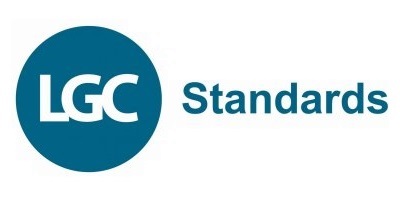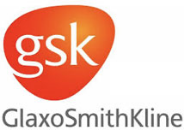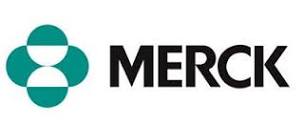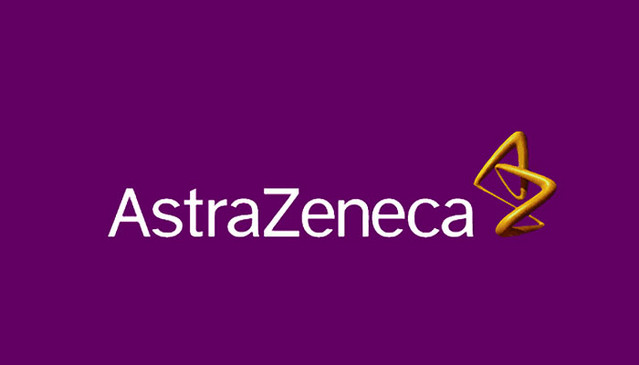Research Exemptions for Controlled Substances
The Use of Controlled Substances for in vitro research
A common misconception amongst researchers is that controlled drug the laws allow the use of small amounts of a controlled substance for non-clinical / non-in vivo research without licences or control. A typical use case might be having a few milligrams or microlitres of a controlled substance within larger chemical collections (often 10K’s or 100K’s of chemicals) for in vitro screening. Researchers often believe that there is some form of “research exemption” for such small amounts. This incorrect view is further re-enforced by R&D chemical suppliers often stating and asking scientists to confirm that anything bought is for research use only.
A further misconception is that controlled substances laws simply list a few hundred substances (e.g. MDMA, Fentanyl, Amphetamine, etc.) and compliance can be achieved via checking a CAS number, chemical name or similar (we've written blog post here on this). However, the reality is that most countries enact “generic statement" or “chemical space” laws, which aim to control all chemicals similar to the “named” substance. These either provide detailed descriptions similar to Markushes, or simply state analogues are also controlled. In addition, control of most named substances is extended to control of all of their ethers, esters, salts and stereoisomers.
A single example of a relatively simply "chemical space" statement from the UK Misuse of Drugs Act 1971 (Amendment) Order 2013 is given below.
Any compound structurally derived from 3–(1–naphthoyl)indole, 3-(2-naphthoyl) indole, 1H–indol–3–yl–(1–naphthyl)methane or 1H-indol-3-yl-(2-naphthyl)methane by substitution at the nitrogen atom of the indole ring by alkyl, haloalkyl, alkenyl, cyanoalkyl, hydroxyalkyl, cycloalkylmethyl, cycloalkylethyl, (N-methylpiperidin-2-yl)methyl or 2–(4–morpholinyl)ethyl, whether or not further substituted in the indole ring to any extent and whether or not substituted in the naphthyl ring to any extent.
Due to this complexity in legislation many companies and institutions rely on Controlled Substances Squared as even smaller research operations can often have bioactive collections running into 100Ks of molecules at the 1-5mg scale, which are likely to include controlled substances. These may not have been controlled when created, but they have subsequently been declared controlled.
Scitegrity has been working with the Association of the British Pharmaceutical Industry (ABPI), The Pistoia Alliance and many of our clients to engage globally with legislators to develop and implement workable in vitro research exemptions, without weakening the legislation for illicit use or creating additional licencing, policing or approval work for regulators. We cover over 30 countries and international conventions.
Overview of known research exemptions in a few of the countries we cover
Switzerland. Has limited exemptions to some Directory E substances, but which substances are covered and what the exemption allows depends on the substance, for example compounds similar to Fentanyl allow for
“Von der Kontrolle ausgenommen ist die industrielle und die wissenschaftliche Verwendung. Der private Gebrauch ist nicht von der Kontrolle ausgenommen”
or “Excluded from the control is the industrial and scientific use. Private use is not exempt from the control.”
The exemption wording for Cyclohexylphenols is
“Cyclohexylphenole sind von der Kontrolle nach den Kapiteln 5 und 6 der Verordnung über die Betäubungsmittelkontrolle vom 25. Mai 2011 ausgenommen, wenn sie von Unternehmen mit einer Betriebsbewilligung für den Umgang mit kontrollierten Substanzen des Verzeichnisses e industriell eingesetzt werden. Für Substanzmengen bis zu 100 g benötigen diese Unternehmen keine Ein- oder Ausfuhrbewilligung.”
or “Cyclohexylphenols are exempted from the control under Chapters 5 and 6 of the Narcotics Control Ordinance of 25 May 2011 if they are used industrially by undertakings holding an operating license for the handling of controlled substances in Inventory e. For substance quantities of up to 100g, these companies do not require an import or export license”.
In addition, import or export authorization is not required in case of controlled substances for analytical purpose in concentrations up to 1mg/ml. (Art 23, Abs. 2b, BetmKV). Further qualifications apply e.g. yearly limits as well individual shipment limits
United Kingdom. There are no specific research exemptions in the Misuse of Drugs Act. However, the associated Misuse of Drug Regulations 2001 does exempt products containing less than 1mg of a controlled substance (1ug for lysergide and derivatives) so long as a number of requirements are meet, including that it cannot be recovered by readily applicable means, does not pose a risk to human health and is not meant for administration to a human or animal. This are all "and" statements, e.g all must be satisfied
Although this does at first seem to allow research use, in most circumstances the sample, by definition, is “recoverable” - in order to prepare it for use the sample is ‘recovered’ into an assay buffer or solvent such as DMSO or water.
Working with several companies and organisations Scitegrity has been actively trying to clarify the laws use for exemptions in research.
When asked specifically whether a microtitre plate containing a controlled substance would be classed as unrecoverable, the Home Office (the UK competant national and licencing authority for controlled drugs) declined to give definitive statement, instead stating "...this is ultimately a matter of legal interpretation in the individual circumstances of each case and is for a court to determine". This probably reflects that microtitre plates and racks can often contain between 1nL to 1.8mL per well depending on required usage.
However they did state that
(a) the 1mg limit applies to the total amount of each controlled substance across the entire microtitre plate.
(b) regardless of the destination plate amount, any source stock that contains more than 1 mg of a controlled substance would be considered controlled and require permits, and any replication of these would class as production.
Given this, most companies and researchers choose not to rely on this exemption for stocks, or shipment of uL amounts, although the use of it for sending / receiving nanolitre volumes in DMSO is a grey area.
However according to Home Office licencing, "University research departments generally do not require licences to possess and supply drugs in schedules 2, 3, 4 part I, 4 part II and schedule 5, but they do require licences to produce any of those drugs and to produce, possess and/or supply drugs in schedule 1.
Recently government advisors recommended a partial extension to the research exemptions, however to date the government has not indicated whether this will be supported.
United State of America. In the US no general research exemptions are known to exist, at least at the federal level and the Controlled Substances Act.
Germany. The Gesetz über den Verkehr mit Betäubungsmitteln (Betäubungsmittelgesetz - BtMG) / (Law on the Traffic in Narcotic Drugs (Narcotics Act - BtMG) has a partial exemption that might apply to certain research areas.
For each schedule the act allows for
die Zubereitungen der in dieser Anlage aufgeführten Stoffe, wenn sie nicht
a) ohne am oder im menschlichen oder tierischen Körper angewendet zu werden, ausschließlich diagnostischen oder analytischen Zwecken dienen und ihr Gehalt an einem oder mehreren Betäubungsmitteln jeweils 0,001 vom Hundert nicht übersteigt oder die Stoffe in den Zubereitungen isotopenmodifiziert oder
b) besonders ausgenommen sind;
Which translates as
the preparations of the substances listed in this Appendix if they are not
a) without being applied to or in the human or animal body, for diagnostic or analytical purposes only, and their content of one or more anesthetics not exceeding 0.001 per cent, or isotope-modified* in the preparations, or
b) are particularly excluded;
The exact percentage various for each schedule. Also whether the ‘0.001%’ allows the rest to be an assay solvent or medium, or whether a licence is needed if you have some solid, e.g 1mg of sample before its diluted is not clear.
* The isotopes are limtied to Deuterium, C13 and N15
The German Neue-psychoaktive-Stoffe-Gesetz (NpSG), which defines areas of chemical space controlled in Germany has an exemption that translates into “Excluded from the prohibition are recognized uses of a novel psychoactive substance for commercial, industrial or scientific purposes and in accordance with the current state of science and technology”. This only applies to the NpSG and not the Narcotics Act above. Austria has also enacted similar wide-ranging generic statements, but also allow for legitimate commercial, industrial or scientific purposes. Given these exemptions these legislations are not enabled in Controlled Substances Squared
If you know of any specific research exemptions not listed here - let us know and we can update this blog.
Trusted by our Clients











